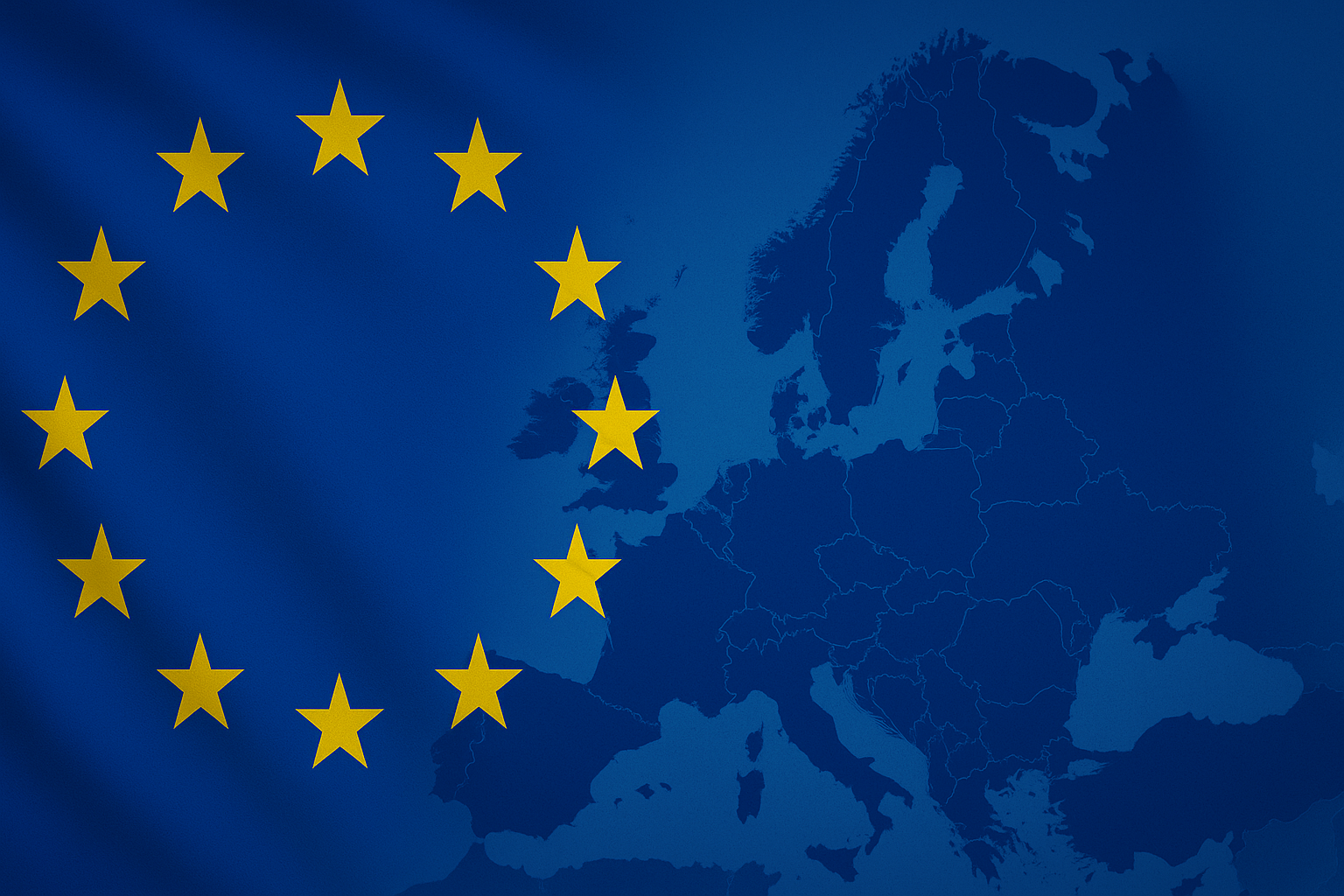Scammers don’t need to hack your bank account. They just need to buy an ad.
Every day Canadians are being defrauded through social media ads and no one is stopping it. Canadian fraud losses reached a record $638 million in 2024, with nearly 50,000 reported incidents and we know these numbers are under-reported. While attention often centers on bank or phone scams, a growing battlefield is emerging online—social media platforms are being weaponized by fraudsters. Scammers are leveraging ads, AI-generated videos, and slow takedown responses to exploit Canadians.
Bleeping Computer reports that Instagram ads impersonating financial institutions are being used to target Canadian consumers with phishing scams and investment fraud.
Scammers use paid ads to capture personal data
Fraudsters run paid ads on Facebook, Instagram, LinkedIn, and more, redirecting users to sites that mimic legitimate services—investment platforms, crypto schemes, or bank login portals,
The Canadian Anti-Fraud Centre reports that Canadians lost $224 million to crypto scams in 2024 and have already reported losses of $103 million this year. Many of these scams can be tied to deceptive social media ads and deepfake deception.
Deepfake deception: Using trusted faces
Fraudsters are increasingly deploying deepfake videos of trusted figures (e.g. bank officials or news anchors) to lend authenticity to their schemes. Globally, Gen AI enabled scams are causing an estimated $12 billion in losses, a number projected to rise sharply. In Canada, the Canadian Securities Administrators warned that fraudsters use AI-generated visuals of banking executives to give legitimacy to scams. These videos are often hard to distinguish from real content and gain traction before platforms intervene.
In an all too typical example, CTV news recently reported on two separate instances where Ontario couples lost a combined $58,000 tied to deep fake videos of former Finance Minister Chrystia Freeland promoting an investment opportunity and another of Prime Minister Mark Carney promoting investment in cryptocurrency.
Platform paralysis: Delayed, minimal action
Canadians are slow to report fraudulent ads, especially when deepfakes seem authentic. A recent survey found 41% of Canadians aged 18–34 have been targeted by scammers via social media—despite being digital natives. Further, 43% admit they would be too embarrassed to tell anyone if they were a victim of fraud.
Even when reported, social media giants offer little transparency: no public dashboards on scam takedowns, no feedback to reporters. Attempts to track takedown rates show them to be incredibly slow. The Financial Conduct Authority (FCA) in the UK reported that “the takedown requests it sends to big tech companies are voluntary….and the amount of time to action them can be significant.” Meta was reported as taking as long as six weeks to act.
While banks and telecoms in Canada are launching specialized initiatives to tackle the scam epidemic —social platforms lag, treating scams as secondary to ad revenue and user engagement.
Fraud lives in an ecosystem
When it comes to fraud solutions, consumers and regulators tend to look to the banks for solutions. The reality is that fraudsters leverage the ecosystem primarily made up of social media companies, telcos, and banks. Fraud most often originates outside the banks, with consumers responding to fake texts, phone calls, or deceptive articles or ads on social media. The consumer’s bank account is the target; the way to the account is through the consumer leveraging telcos and social media. Now with AI, scams are turbo-charged and readily trick consumers into sharing the key to the account or even more insidiously, moving the money themselves.
Defences are evolving:
- Banks have been developing and deploying scam prevention models, targeted pop-up scam warnings, and consumer education.
- Telecoms are deploying SMS-blocking tools and call authentication systems to thwart phishing and fraud through messages.
However, social media has been less engaged in fraud prevention, responding where required by regulatory change.
Canada’s progress
With the launch of the Canadian Anti-Scam Alliance (CASA), spearheaded by the Canadian Bankers Association (CBA), there is promise of good things to come. Bringing together organizations from various sectors including financial, telecom, digital platforms, law enforcement, and government, the CASA will focus on data sharing, strengthening anti-scam technology, and improving digital platform engagement.
A callout to social media
To protect consumers, it is vital that digital platforms robustly engage in the CASA. Unlike banks and telcos, social media platforms have no official role in Canada’s fraud ecosystem: no mandated reporting, collaborative intelligence, or regulatory obligations. Platforms are absent from forums with FINTRAC, FCAC, or RCMP cyber units. Their self-regulation prioritizes advertiser freedom rather than consumer safety—and there’s no sector-wide accountability in Canada tied to their services.
Learning from Australia: A whole-ecosystem model
Australia offers a template for comprehensive anti-fraud action. Launching the Scam Safe Accord in 2023, momentum built quickly with the Australian Parliament enacting the Scams Prevention Framework (SPF) in February 2025, positioning Australia as a global leader in anti-scam legislation. This comprehensive framework mandates that key sectors—banks, telecommunications providers, and digital platforms—implement robust measures to prevent, detect, disrupt, respond to, and report scams. Non-compliance can result in penalties of up to AUD $50 million for corporations and AUD $2.5 million for individuals.
Australia’s multi-faceted approach—combining stringent legislation, inter-agency collaboration, industry participation, and technological innovation—has significantly enhanced the nation’s resilience against scams, setting a benchmark for other countries to follow. Measurable successes include:
- A 33% reduction in overall scam losses in 2024 compared to the previous year
- A 35% decrease in investment scam losses
- More than 30% decline in romance scam losses
Canada needs a Scam Safe framework to protect Canadians
We must implement a regulatory framework based on Australia’s model which encompasses social platforms, telecoms, banks, regulators, and law enforcement. Responsibilities should include:
- Social platforms: Verify advertisers, proactively detect and remove fraudulent ads, share scam intelligence, and offer transparent reporting dashboards
- Banks: Add Confirmation of payee systems, delay payments flagged at risk, fraud alerts, and join industry intelligence networks
- Telecoms: Block scam calls and SMS, implement number authentication, and collaborate on intel sharing
- Regulators (FCAC, CRTC, CSA, FINTRAC): Mandate reporting, set compliance standards, and impose penalties
- Law Enforcement: Rapid response to scam clusters and collaborate with platforms on takedowns
We can expect adherence to this framework to ultimately lower fraud rates, remove scams more quickly, improve consumer confidence and create a sense of shared responsibility.
Conclusion: It’s time for action
Canada’s fraud crisis is not just a banking or telco issue—it’s a digital ecosystem challenge. While banks and telecoms are starting to make meaningful progress, social media has been let off the hook. Without platforms’ participation in intelligence sharing, proactive moderation, and enforceable responsibilities, Canadians will continue to be exposed. We must adopt an Australian-style S Framework and hold social platforms as accountable partners in national consumer protection. Let’s bring social media into the fold—or risk letting the next wave of fraud go unchecked.



